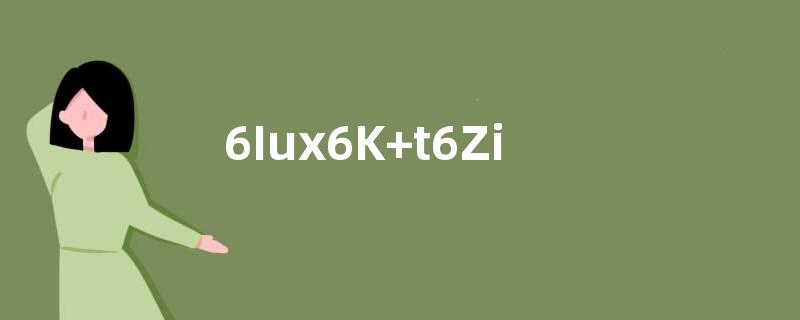英语阅读:哪些材质的衣服更吸汗?

When it comes to clothing that wicks away sweat effectively, the fabric's material plays a crucial role. Cotton is a traditional favorite due to its natural fibers that absorb moisture well. However, modern synthetic materials like polyester and nylon have gained popularity for their moisture-wicking properties. These synthetics work by pulling sweat away from the skin to the outer surface of the fabric, where it evaporates more quickly.
The choice of fabric can also depend on the activity level and the climate. For high-intensity workouts or hot climates, moisture-wicking synthetics are often preferred. On the other hand, for lighter activities or cooler climates, cotton's breathability and comfort might be more suitable.
Moreover, the construction of the fabric, such as its weave and density, affects its sweat absorption and release capabilities. Looser weaves typically allow better air circulation, which aids in evaporation, while tighter weaves may trap more moisture.
In conclusion, while cotton is a classic choice for comfort, synthetic materials are superior for their sweat-wicking capabilities. The decision should be based on personal preference, the intensity of the activity, and the climate.
谈到能有效吸汗的衣物,面料材质起着至关重要的作用。棉质因其天然纤维能很好地吸收水分而成为传统的首选。然而,像聚酯和尼龙这样的现代合成材料因其吸湿排汗的特性而越来越受欢迎。这些合成材料通过将汗水从皮肤吸到面料的外表面,在那里更快地蒸发。
选择面料还可能取决于活动强度和气候。对于高强度锻炼或炎热的气候,通常更倾向于选择吸湿排汗的合成材料。另一方面,对于轻度活动或较凉爽的气候,棉质的透气性和舒适度可能更合适。
此外,面料的构造,如其编织方式和密度,也会影响其吸汗和释放水分的能力。松散的编织通常允许更好的空气流通,这有助于蒸发,而紧密的编织可能会困住更多的水分。
总之,虽然棉质是舒适的经典选择,但合成材料在吸湿排汗能力上更胜一筹。决定应基于个人偏好、活动强度和气候。
英语词汇:
- Wick away sweat - 吸汗
- Fabric's material - 面料材质
- Natural fibers - 天然纤维
- Absorb moisture - 吸收水分
- Moisture-wicking properties - 吸湿排汗特性
- Synthetic materials - 合成材料
- Evaporation - 蒸发
- Activity level - 活动强度
- Climate - 气候
- Breathability - 透气性
- Comfort - 舒适度
- Weave - 编织方式
- Density - 密度
- Air circulation - 空气流通
- Tighter weaves - 紧密的编织
- Personal preference - 个人偏好
- Sweat-wicking capabilities - 吸汗能力
相关文章
- 英语阅读:哪些材质的衣服更吸汗?
- 初中通知类英语作文
- 关于二手货 Secondhand Goods 的英语作文
- 疫苗的英文怎么说?
- 学英语学中医养生之道——24节气养生法
- 一些常见单词的俚语用法及其例句
- 一些能够瞬间提升你口语水平的句子
- 历史上的今天·世界上第一个试管婴儿路易丝·布朗在英国诞生
- Graduation 毕业——我们每天都在毕业
- 历史上的今天·法国作家大仲马诞辰
- 英语绕口令,准备好挑战了吗?
- 双语阅读:盐 (salt) 可不加单!
- 英语作文·研究生不仅仅是知识的传递
- 驾校(Driving School)|英语词汇+英语作文
- 各类“糖果”在英文中如何表达?
- 一些常见的与蔬菜相关的英语口语
- 历史上的今天·1856年-肖伯纳诞辰
- 失恋教会我们的事(双语美文)
- 如何用英文形容紧张的心情?
- 那些让教师错愕的家人语录(双语)